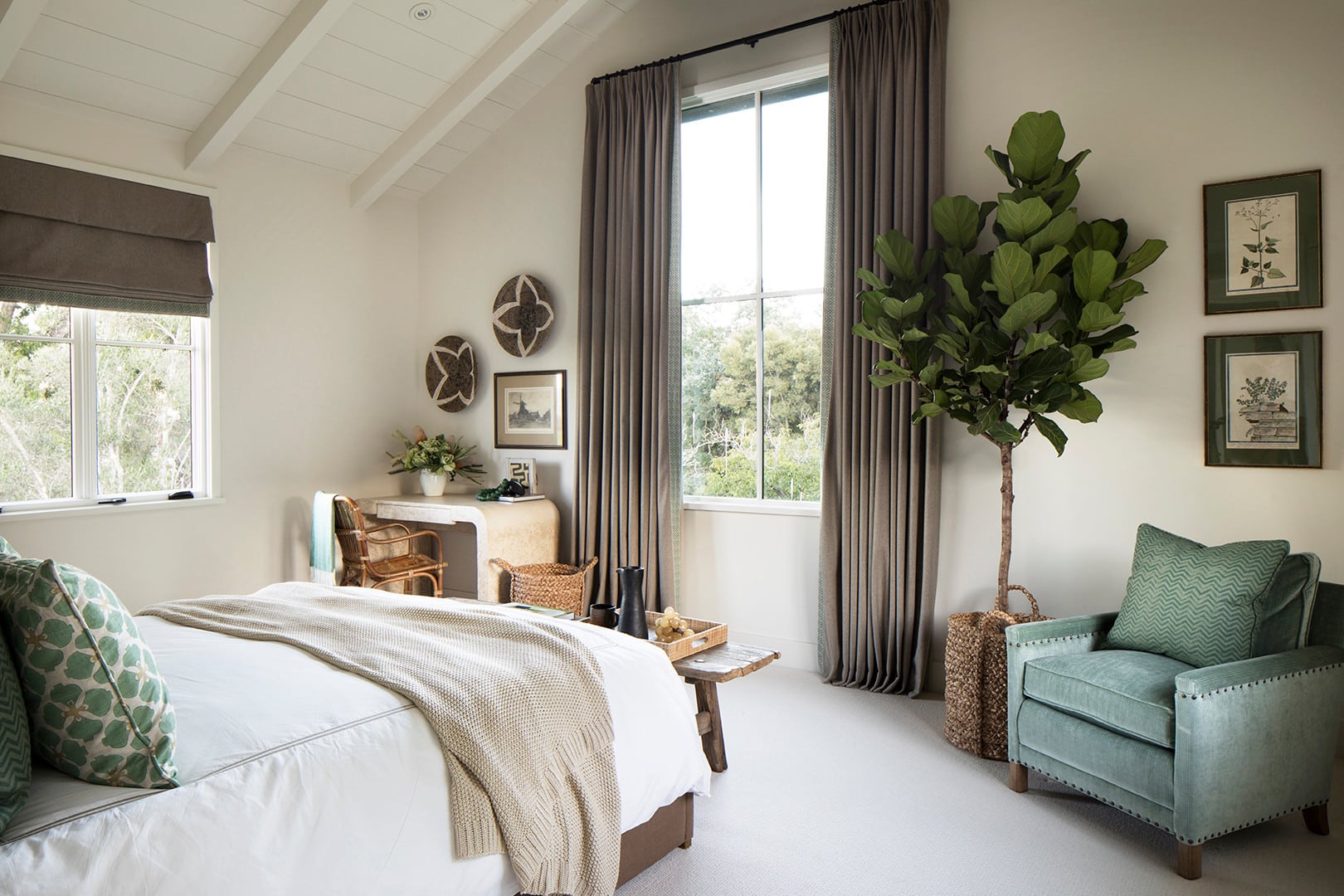

Articles
How Far Down Should Curtains Hang
Modified: December 7, 2023
Looking for guidance on the ideal length for curtain hang? Read our informative articles to learn how far down your curtains should hang for the perfect look and function.
(Many of the links in this article redirect to a specific reviewed product. Your purchase of these products through affiliate links helps to generate commission for Storables.com, at no extra cost. Learn more)
Introduction
Curtains are not only functional but also play a significant role in enhancing the aesthetics of a room. Choosing the right length for your curtains can make a huge difference in the overall look and feel of your space. Whether you want to create an illusion of height, add a touch of elegance, or simply ensure privacy, finding the perfect length is essential.
In this article, we will explore various factors to consider when determining how far down your curtains should hang. We will also discuss different hanging options and provide insights on choosing the right curtain length for your specific space.
So, if you’re ready to take your curtain game to the next level, let’s dive in!
Key Takeaways:
- Elevate your space with the perfect curtain length by considering factors like room purpose, window size, and personal style. Experiment with floor-length, floating, breaking, or café curtains to achieve the ideal ambiance.
- Achieve a balance of elegance and functionality by choosing the right curtain length. Whether it’s floor-length luxury or café curtains for a cozy vibe, consider room proportions, furniture placement, and your personal preference for a stunning result.
Read more: How Far Should Curtains Hang Below Window
Determining the Ideal Length for Curtains
When it comes to determining the ideal length for your curtains, there are a few factors you should take into consideration. These factors include the style of your curtains, the purpose of the room, the window size, and the overall aesthetic you want to achieve.
1. Curtain Style: The style of your curtains will greatly impact the length you choose. For a more formal and elegant look, floor-length curtains are a popular choice. On the other hand, if you prefer a more casual and relaxed atmosphere, you may opt for shorter curtains such as café curtains or floating curtains.
2. Purpose of the Room: The purpose of the room will also influence your curtain length decision. In bedrooms and living rooms, longer curtains that touch the floor can create a luxurious and cozy ambiance. In kitchens and bathrooms, shorter curtains are often preferred as they allow for easier movement and maintenance.
3. Window Size: The size of your windows is a crucial factor when determining the curtain length. For smaller windows, floor-length curtains may overpower the space and make it appear cramped. In this case, opting for shorter curtains or those that reach just below the window sill can create a more proportionate look. For larger windows, floor-length curtains can add a dramatic and grand touch.
4. Overall Aesthetic: Consider the overall aesthetic you want to achieve in your space. If you desire an airy and spacious feel, opt for curtains that only break slightly above the floor. If you want to create a more formal and sophisticated look, floor-length curtains that pool gracefully on the floor can add a touch of elegance.
While these factors provide a general guide, it’s crucial to remember that personal preference and individual style play a significant role in selecting the ideal curtain length. Don’t be afraid to experiment and see what works best for your specific space.
Factors to Consider
When determining the length of your curtains, there are several factors to consider that can help you make an informed decision. These factors include the design of your space, the functionality you want to achieve, the type of fabric used, and the installation method.
1. Design of Your Space: The design and style of your room should be taken into account when selecting the curtain length. If you have high ceilings, floor-length curtains can help create a sense of grandeur and make the space feel more expansive. Conversely, if you have lower ceilings, shorter curtains that hang just below the window sill can make the room look taller and more proportionate.
2. Functionality: Consider the functionality you want to achieve with your curtains. If your primary goal is to block out light or ensure privacy, choosing floor-length curtains that cover the entire window can be more effective. On the other hand, if you want to let in natural light while still maintaining privacy, shorter curtains or curtains that break just above the window sill may be more suitable.
3. Type of Fabric: The type of fabric used for your curtains can also impact the curtain length. Some fabrics, such as heavy brocade or velvet, may look best when they reach the floor and create a dramatic effect. Lighter fabrics, like linen or sheer curtains, may look more visually appealing when they hang slightly above the floor or just below the window sill.
4. Installation Method: The way you plan to install your curtains can also influence the curtain length. If you prefer a more casual and relaxed look, hanging your curtains with clip rings or a rod pocket can result in a slight break above the floor. For a more formal and tailored appearance, using curtain hooks or French pleats can create a crisp floor-length effect.
By considering these factors, you can ensure that the length of your curtains not only enhances the aesthetics of your space but also serves your desired functionality.
Different Hanging Options
There are various hanging options available to achieve different looks and styles with your curtains. The hanging option you choose will depend on the overall aesthetic you want to achieve and the functionality of your curtains. Let’s explore some of the popular hanging options:
1. Floor-Length Curtains: Floor-length curtains are a classic choice that creates a sense of elegance and sophistication. These curtains can be hung to touch the floor, allowing them to pool gracefully for a luxurious look. This hanging option works well in formal living rooms, dining rooms, and bedrooms.
2. Floating Curtains: Floating curtains are a modern and chic option that offers a subtle and minimalist look. These curtains are hung slightly above the floor, typically with a half-inch to one-inch clearance. This style is ideal for contemporary spaces where you want to maintain a clean and streamlined aesthetic.
3. Breaking Curtains: Breaking curtains are hung to create a gentle break or fold on the floor. This style offers a sophisticated and tailored look without the excessive pooling of fabric. Breaking curtains are versatile and work well in both formal and casual settings, adding a touch of elegance to any room.
4. Café Curtains: Café curtains are shorter curtains that cover only a portion of the window, typically hanging just below the window sill. This option allows natural light to enter the room while maintaining privacy. Café curtains are commonly used in kitchens and bathrooms, adding a charming and cozy vibe to the space.
These are just a few examples of the different hanging options available for curtains. Depending on your personal style and the specific requirements of your space, you can choose the hanging option that best complements the overall design and functionality of your curtains.
Floor-Length Curtains
Floor-length curtains are a timeless and elegant choice that exudes sophistication and grandeur. When hung correctly, floor-length curtains can transform a space, adding a touch of luxury and drama. Here are some key points to keep in mind when considering floor-length curtains:
1. Measurement: Proper measurement is crucial when installing floor-length curtains. Measure the height from the curtain rod down to the floor, ensuring that the curtains will reach the desired length. It’s always advisable to add a few extra inches to accommodate any variations in flooring or for a slight break at the bottom.
2. Full-Length Coverage: To achieve the desired aesthetic, floor-length curtains should touch the floor or hover just above it. This creates a seamless and elegant look, especially when the curtains are closed. Ensure that the length is evenly distributed across the entire curtain panel for a polished appearance.
3. Puddling: Puddling is a term used to describe the pooling of excess fabric on the floor when floor-length curtains are installed. This style adds a romantic and luxurious touch, particularly in formal settings. However, it’s important to consider the practicality of puddling, as it may be more suitable for areas where foot traffic is minimal.
4. Hemming: If you have curtains that are too long and create a tripping hazard or drag on the floor excessively, hemming is a viable option. Hemming can be done by hand or with the help of a professional, ensuring that the curtains are the perfect length for your space.
5. Material and Style: The choice of fabric and style can greatly influence the overall impact of floor-length curtains. Heavy and textured fabrics like velvet or brocade can add richness and depth to the curtains, enhancing the grandeur of the space. For a more airy and romantic look, sheer materials or flowing fabrics like chiffon can create a softer and more ethereal effect.
6. Practical Considerations: While floor-length curtains add a touch of elegance, it’s important to consider practical aspects such as cleaning and maintenance. Floor-length curtains may accumulate dust and require periodic cleaning. Additionally, if you have small children or pets, consider the potential for them to grab or play with the curtains, which could lead to accidents or damage.
By carefully considering these factors, you can confidently choose and install floor-length curtains that elevate the aesthetic appeal of your space while considering functionality and practicality.
Curtains should hang about ½ inch above the floor for a clean, tailored look. If you prefer a more relaxed feel, they can also hover just above the floor.
Floating Curtains
Floating curtains, also known as hover curtains, are a popular choice for those seeking a modern and minimalist look. These curtains are hung slightly above the floor, creating a subtle and clean appearance. Here are some key points to consider when opting for floating curtains:
1. Height and Clearance: When installing floating curtains, it’s important to measure the height from the curtain rod down to the desired clearance above the floor. Typically, floating curtains hang about half an inch to one inch above the ground. This small clearance adds a touch of sophistication and ensures that the curtains don’t touch or accumulate dirt on the floor.
2. Appropriate Fabric: The choice of fabric is crucial when it comes to floating curtains. Lightweight and flowing fabrics such as sheer materials or lightweight linens work well for this style. These fabrics not only create a soft and breezy look but also allow light to filter through, adding a gentle and ethereal ambiance to the space.
3. Visual Illusion: One of the key benefits of floating curtains is the visual illusion of making a room appear larger. By hanging the curtains slightly above the floor, it creates an uninterrupted vertical line, making the room feel more spacious and taller. Floating curtains are particularly popular in smaller spaces or rooms with lower ceilings.
4. Simplistic Appeal: Floating curtains offer a simplistic and clean aesthetic, making them an excellent choice for minimalist and contemporary interiors. Their streamlined appearance adds a sense of calm and serenity to the space, allowing other design elements to take center stage without overwhelming the overall look.
5. Versatility: Floating curtains are versatile and can complement various room styles and designs. They work well in living rooms, bedrooms, and even offices. Depending on the fabric chosen, they can be easily paired with other decorative window treatments such as blinds or shades to provide additional light control or privacy when needed.
6. Maintenance: Floating curtains require less maintenance compared to floor-length curtains. With no excess fabric touching the floor, they are less likely to gather dust or dirt. Regular light shaking or gentle vacuuming can help keep them clean and maintain their elegant appearance.
By choosing floating curtains, you can achieve a contemporary and refined look that adds a sense of simplicity and spaciousness to your space. The clean lines and minimalistic appeal make them a perfect choice for those who want to create a modern and uncluttered atmosphere.
Breaking Curtains
Breaking curtains, also known as floor-breaking curtains, offer a balanced and tailored look that falls between floor-length and floating curtains. This style involves hanging the curtains so they create a gentle break or fold just above the floor. Here are some key points to consider when opting for breaking curtains:
1. Measurement: Proper measurement is crucial when installing breaking curtains. Measure the height from the curtain rod down to the floor, ensuring that the curtains will break at the desired length. It’s important to consider any variations in flooring or uneven surfaces to achieve an even and consistent break across all curtain panels.
2. Achieving the Break: To achieve the desired break, the curtains should be hemmed or adjusted to the appropriate length. The break typically occurs about 1-3 inches above the floor, creating a visually pleasing fold. This style adds a touch of sophistication and elegance while still maintaining a tailored appearance.
3. Formal and Casual Settings: Breaking curtains can work well in both formal and casual settings. They offer a refined and polished look that is perfect for living rooms, dining rooms, or bedrooms. The gentle fold adds a sense of structure and elegance to the space, elevating the overall aesthetic.
4. Versatility: Breaking curtains are versatile and can be paired with various fabric types and styles. They work well with lightweight fabrics such as linen or silk, as well as heavier, more structured materials such as velvet or brocade. The choice of fabric can further enhance the formal or casual feel of the curtains.
5. Room Proportions: Breaking curtains can help visually balance the proportions of a room. In spaces with high ceilings, breaking curtains can create a cozy and intimate feel. In rooms with lower ceilings, they can add a sense of verticality and make the space appear taller. The length of the break can be adjusted accordingly to achieve the desired effect.
6. Practical Considerations: Breaking curtains are a practical choice as they prevent excessive fabric pooling or tripping hazards commonly associated with floor-length curtains. They are also easier to maintain and clean compared to longer curtains, as they don’t touch the floor and accumulate dust or dirt as easily.
By opting for breaking curtains, you can strike the perfect balance between a tailored and sophisticated look while adding an element of visual interest to your room. The gentle fold creates a refined and elegant appearance that complements various interior styles and enhances the overall aesthetic of your space.
Café Curtains
Café curtains, also known as tier curtains, are a charming and versatile window treatment option that covers only a portion of the window. Unlike full-length curtains, café curtains typically hang from the middle of the window down to just below the window sill. Here are some key points to consider when choosing café curtains:
1. Privacy and Natural Light: Café curtains provide a good balance between privacy and natural light. By covering the bottom half of the window, they allow light to enter the room while still maintaining privacy. They are particularly popular in kitchens and bathrooms where you may want to enjoy the view outside while ensuring a level of privacy from prying eyes.
2. Versatility in Height: Café curtains come in various lengths, allowing you to choose the height that best suits your needs and window style. They can hang just below the window sill, creating a clean and minimalistic look, or they can be longer, reaching halfway up the window, for added character and style.
3. Decorating Possibilities: Café curtains offer many decorating possibilities. They can add a touch of charm and quaintness to a space, making it feel cozy and inviting. With the wide variety of fabric options available, you can easily match your café curtains to existing décor or experiment with different patterns and colors to create a unique and personalized look.
4. Easy Maintenance: One of the advantages of café curtains is that they are easy to maintain. As they cover only a portion of the window, they are less likely to accumulate dust or become dirty. They can often be machine washed or hand-washed without the need for professional cleaning, making them a practical choice for spaces where cleanliness is important.
5. Window Size and Proportions: Café curtains work well with different window sizes and proportions. They can enhance the visual appeal of smaller windows, making them appear larger and more balanced. They can also be used in combination with other window treatments, such as valances or blinds, to create a layered and textured look.
6. Adding Style: Café curtains offer an opportunity to add style and character to your space. By choosing curtains with patterns or interesting textures, you can infuse your room with personality and create a focal point at the window area. Alternatively, opting for simple and neutral café curtains can provide a more understated and classic look.
Café curtains are a versatile and charming option for those seeking a balance between privacy and natural light. With their various length options and design possibilities, they can add character and style to any room while being easy to maintain and clean.
Choosing the Right Length for Your Space
Choosing the right length for your curtains is crucial to achieving the desired aesthetic and functionality in your space. Here are some key factors to consider when determining the ideal curtain length:
1. Window Type and Size: Consider the type and size of your windows when choosing the curtain length. For standard-sized windows, floor-length curtains or curtains that break just above the floor can create an elegant and polished look. For larger windows or sliding glass doors, longer curtains that reach the floor can make a dramatic statement.
2. Room Proportions: Take into account the proportions of the room when selecting the curtain length. In rooms with high ceilings, floor-length curtains can enhance the verticality of the space and create a sense of grandeur. In rooms with lower ceilings, shorter curtains that hang just below the window sill can make the room appear taller and more proportionate.
3. Style and Functionality: Consider the style and functionality you want to achieve in your space. Floor-length curtains lend an elegant and formal look, while shorter curtains can create a more casual and relaxed atmosphere. Think about how you will use the space and choose the curtain length that complements your desired style.
4. Furniture Placement: Take into account the placement of furniture in relation to the windows. If you have furniture placed near the windows, ensure that the curtain length does not interfere with the functionality or aesthetics of the furniture. Consider how the curtains will frame the windows and work harmoniously with the rest of the room’s layout.
5. Personal Preference: Your personal preference plays a significant role in choosing the curtain length. Some individuals may prefer the luxurious and dramatic effect of floor-length curtains, while others may opt for shorter curtains that allow for more natural light and an open feel. Trust your instincts and select the length that resonates with your style and vision for the space.
6. Experimentation: Don’t be afraid to experiment with different curtain lengths to find the perfect fit for your space. You can utilize temporary hanging methods, such as clip rings or hooks, to try out various lengths and observe how they affect the overall look and feel of the room. This experimentation will help you make an informed decision and achieve the desired outcome.
Ultimately, choosing the right curtain length involves considering the window type, room proportions, style, functionality, personal preference, and the overall ambiance you want to create. By taking these factors into account and allowing yourself the freedom to experiment, you can confidently select the perfect curtain length that enhances the beauty and functionality of your space.
Read more: How Far Off Floor Should Curtains Be
Conclusion
Choosing the ideal length for your curtains is a crucial step in creating a well-designed and visually appealing space. Whether you opt for floor-length curtains, floating curtains, breaking curtains, or café curtains, each option offers its own unique charm and style. By considering factors such as the room’s design, functionality, window size, and personal preference, you can select the curtain length that best suits your space and desired aesthetic.
Floor-length curtains exude elegance and sophistication, creating a luxurious atmosphere. Floating curtains bring a modern and minimalist touch, while breaking curtains offer a tailored and balanced look. Café curtains add charm and versatility, striking a balance between privacy and natural light.
When making your decision, take into account the proportions of the room, the style you want to achieve, and any practical considerations such as maintenance and furniture placement. Don’t be afraid to experiment and try different lengths to see how they transform the space.
Remember that the perfect curtain length can not only enhance the aesthetics of the room but also serve its intended purpose. From adding a sense of height and grandeur to creating a cozy and intimate feel, the right curtain length will significantly contribute to the overall ambiance of your space.
So, whether you’re aiming for a formal and elegant look or a more relaxed and casual vibe, take the time to carefully consider your options and choose the curtain length that best reflects your personal style and complements your room’s design. By doing so, you’ll create a visually captivating and functional space that you’ll love coming home to.
Frequently Asked Questions about How Far Down Should Curtains Hang
Was this page helpful?
At Storables.com, we guarantee accurate and reliable information. Our content, validated by Expert Board Contributors, is crafted following stringent Editorial Policies. We're committed to providing you with well-researched, expert-backed insights for all your informational needs.
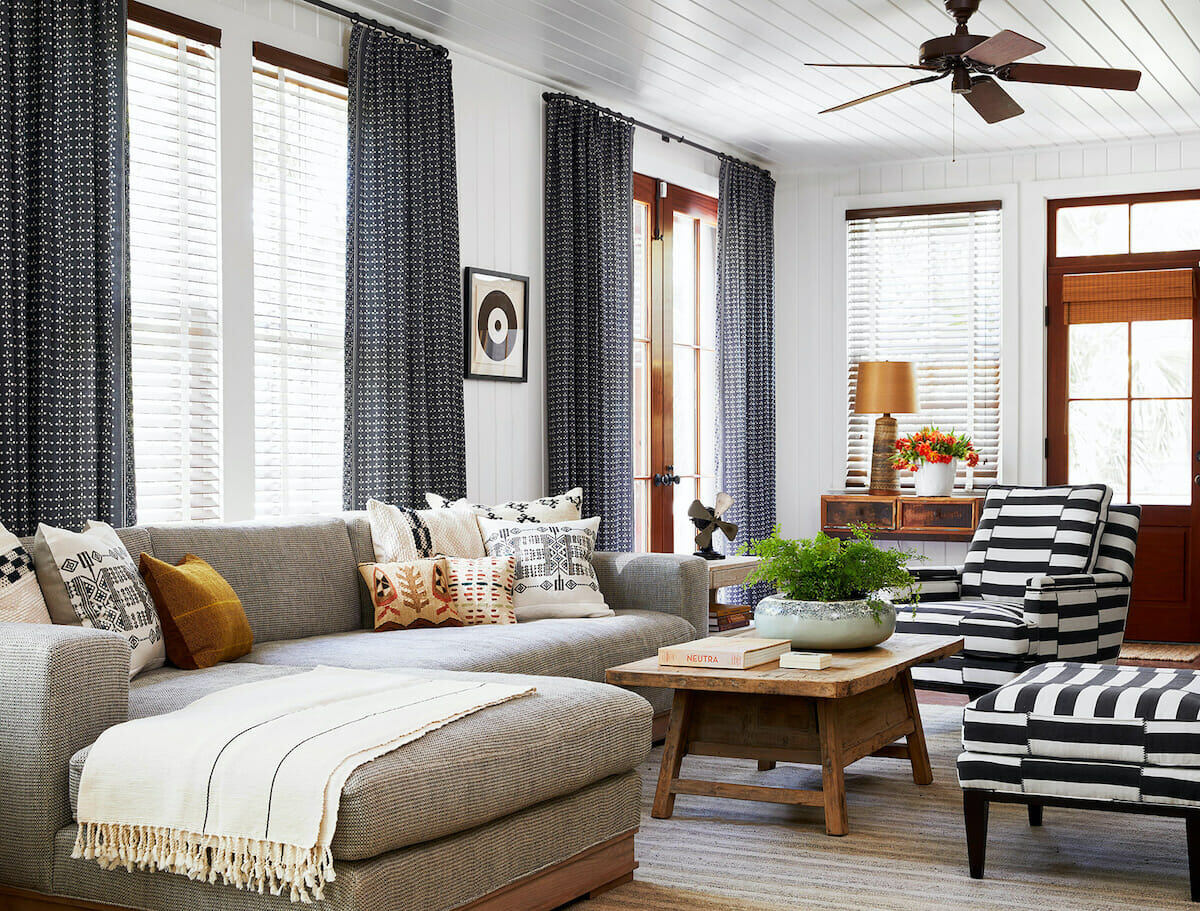
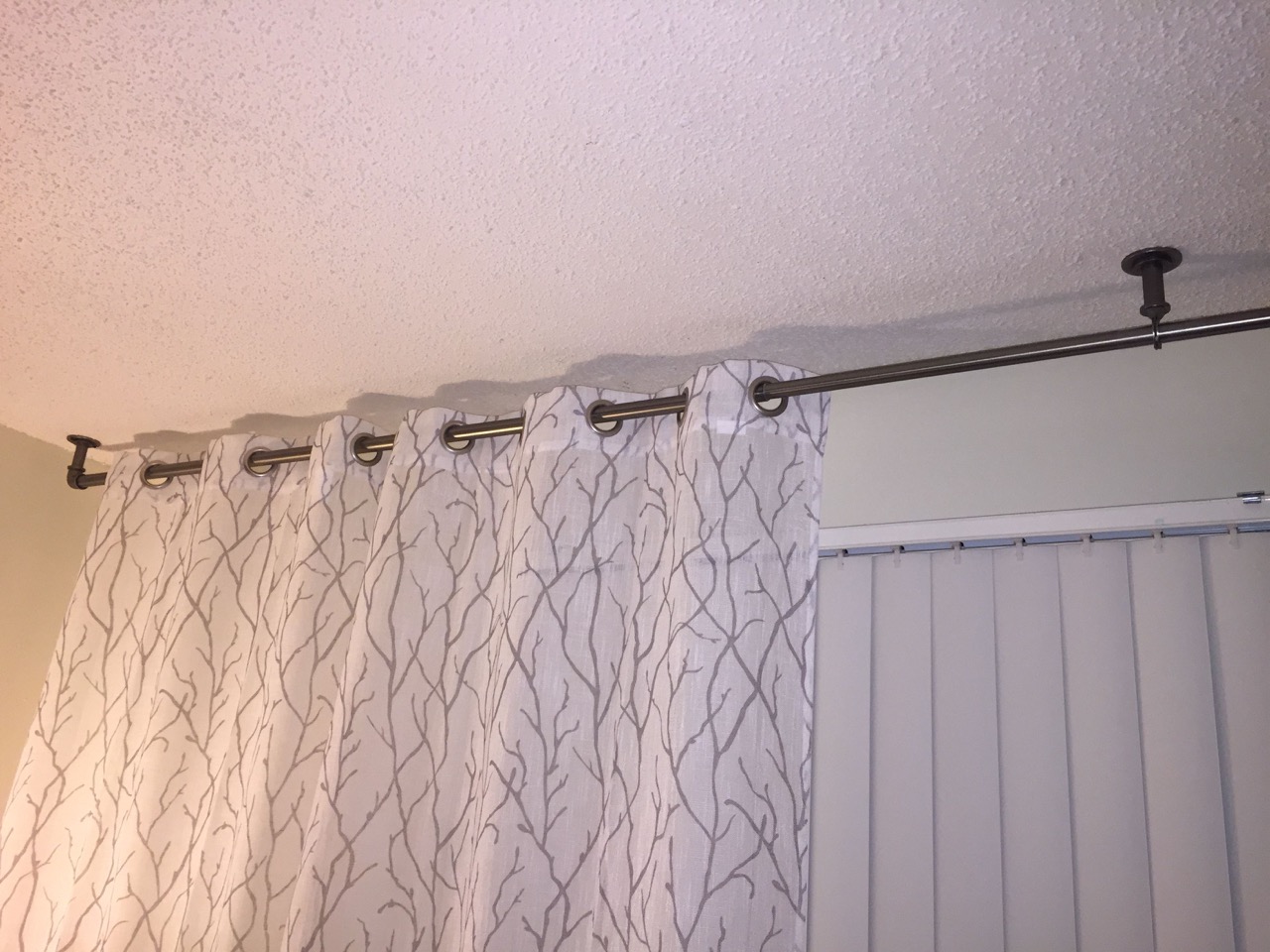
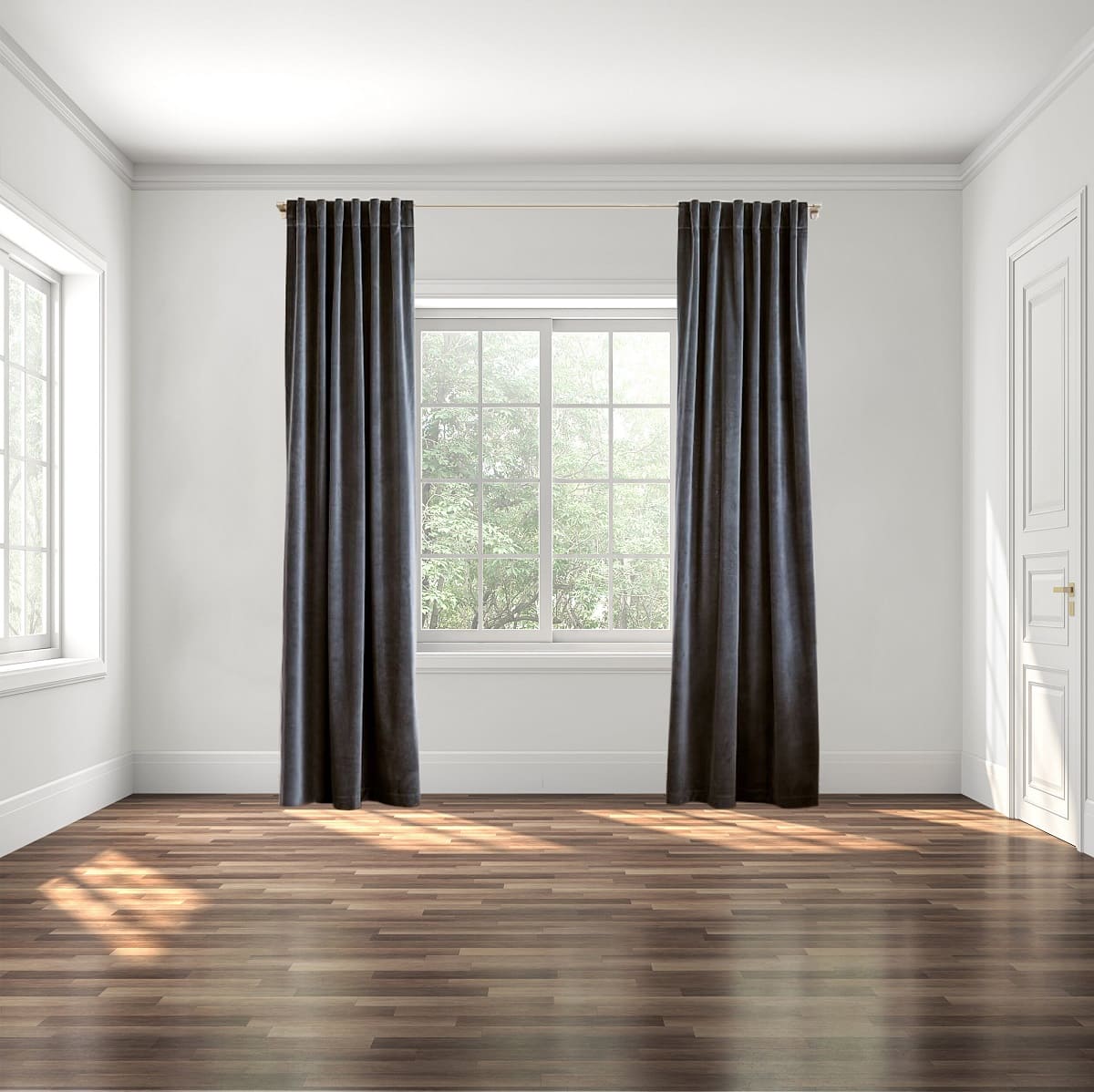
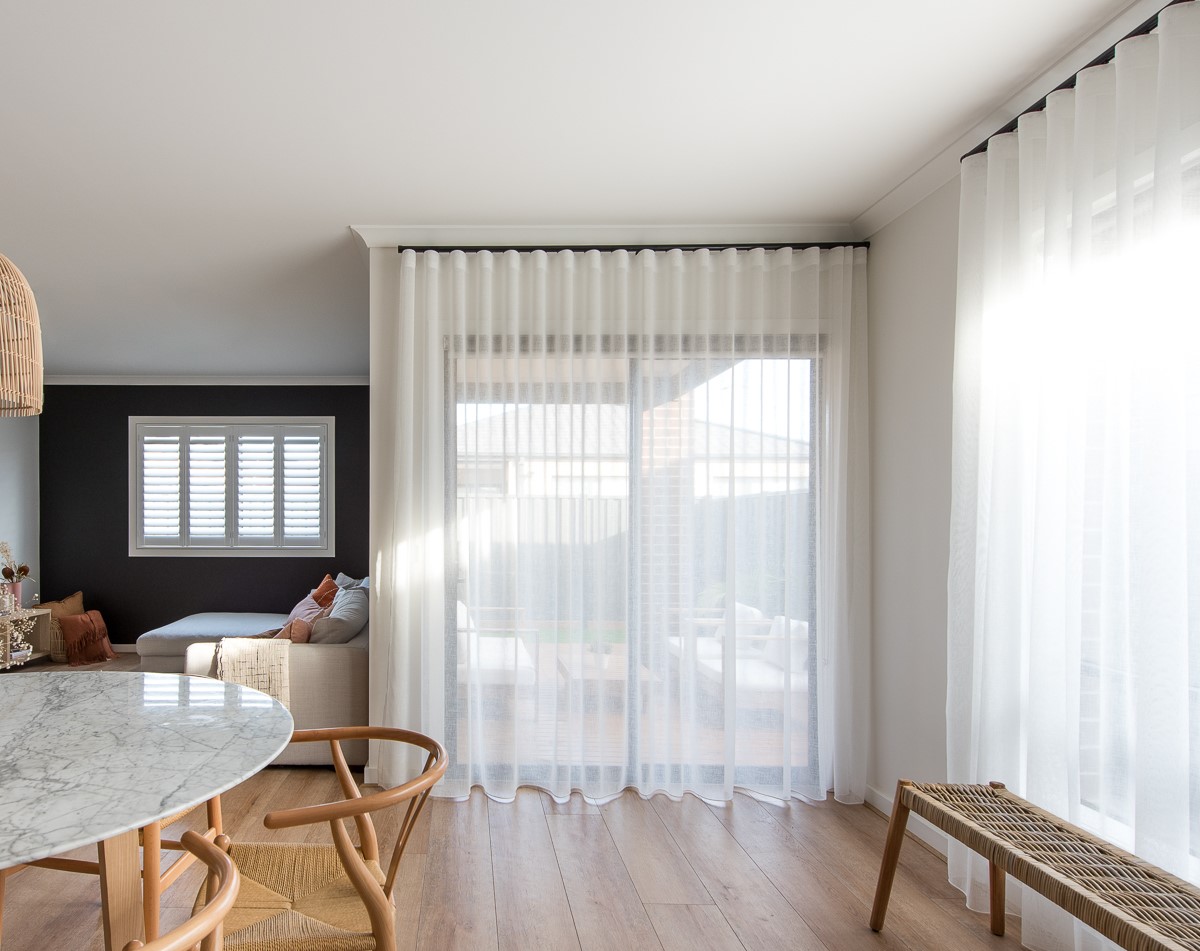
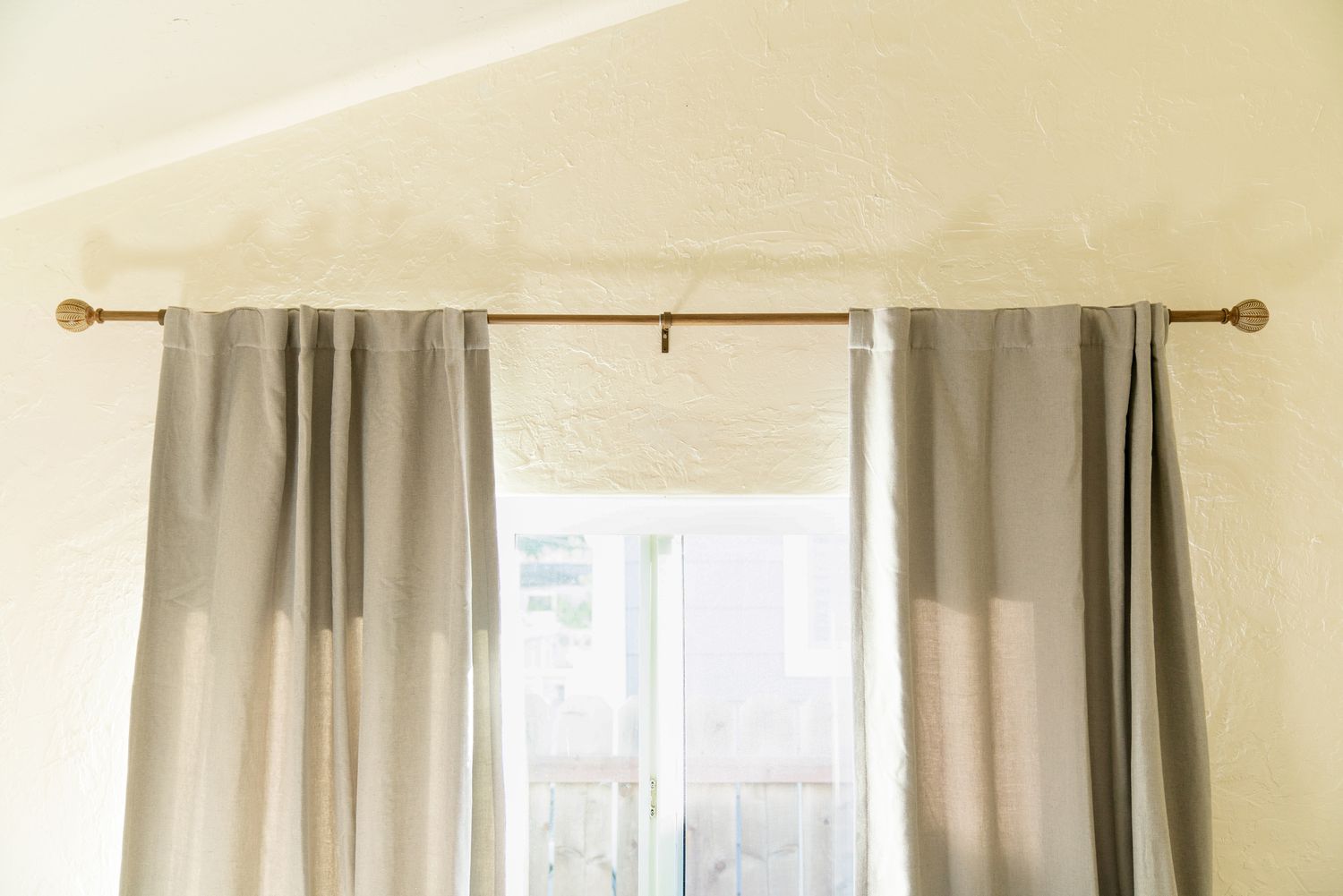
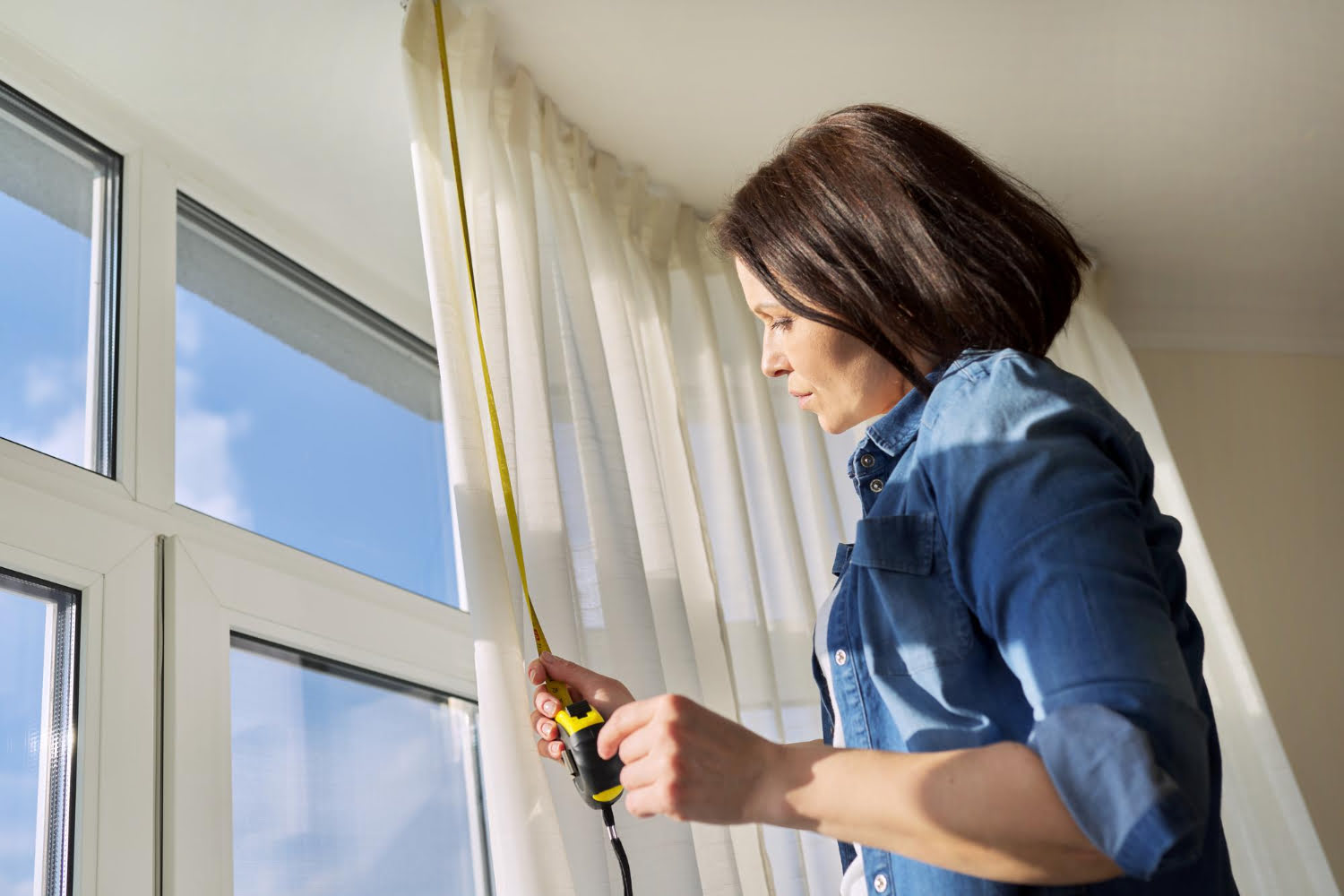
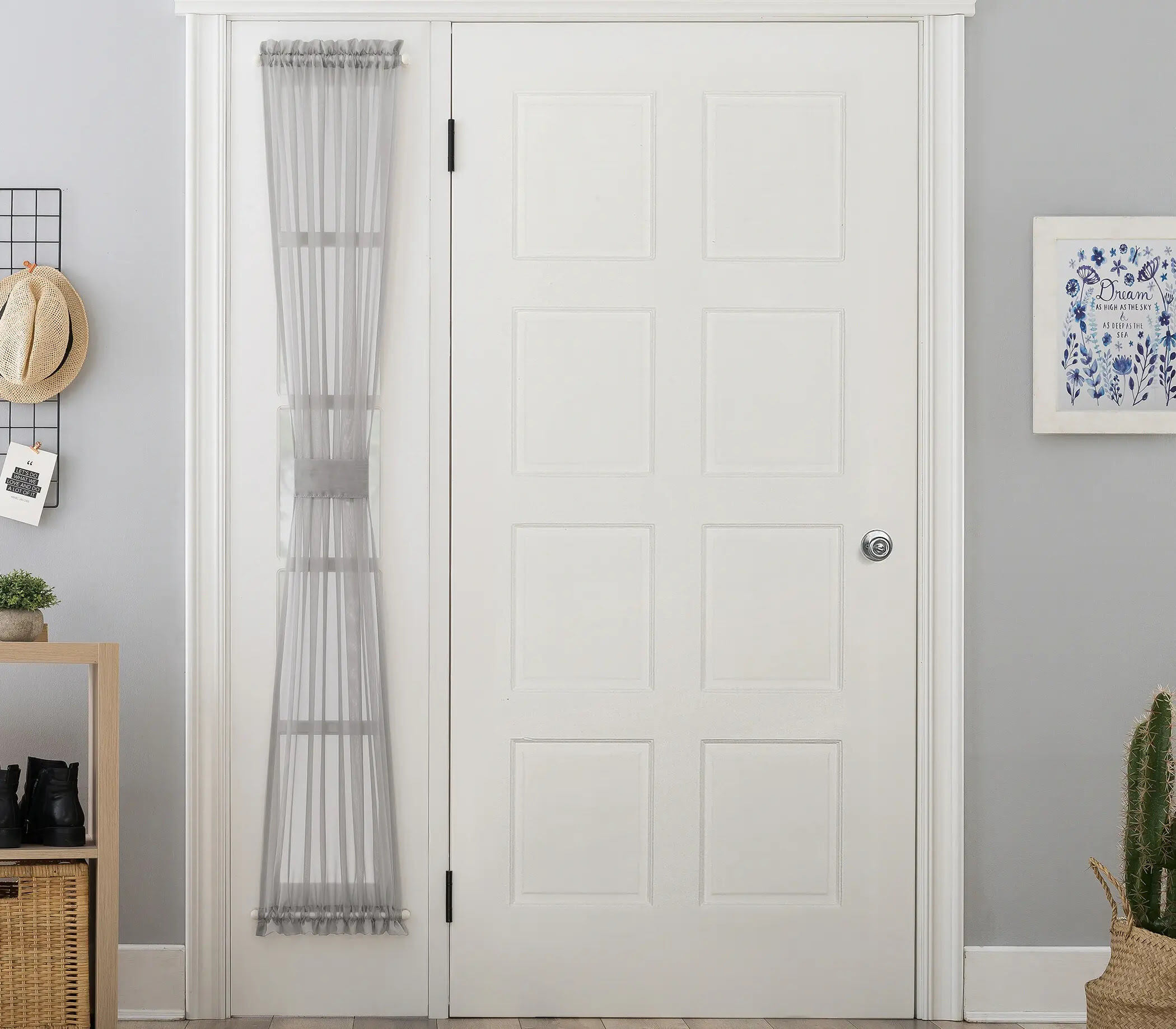
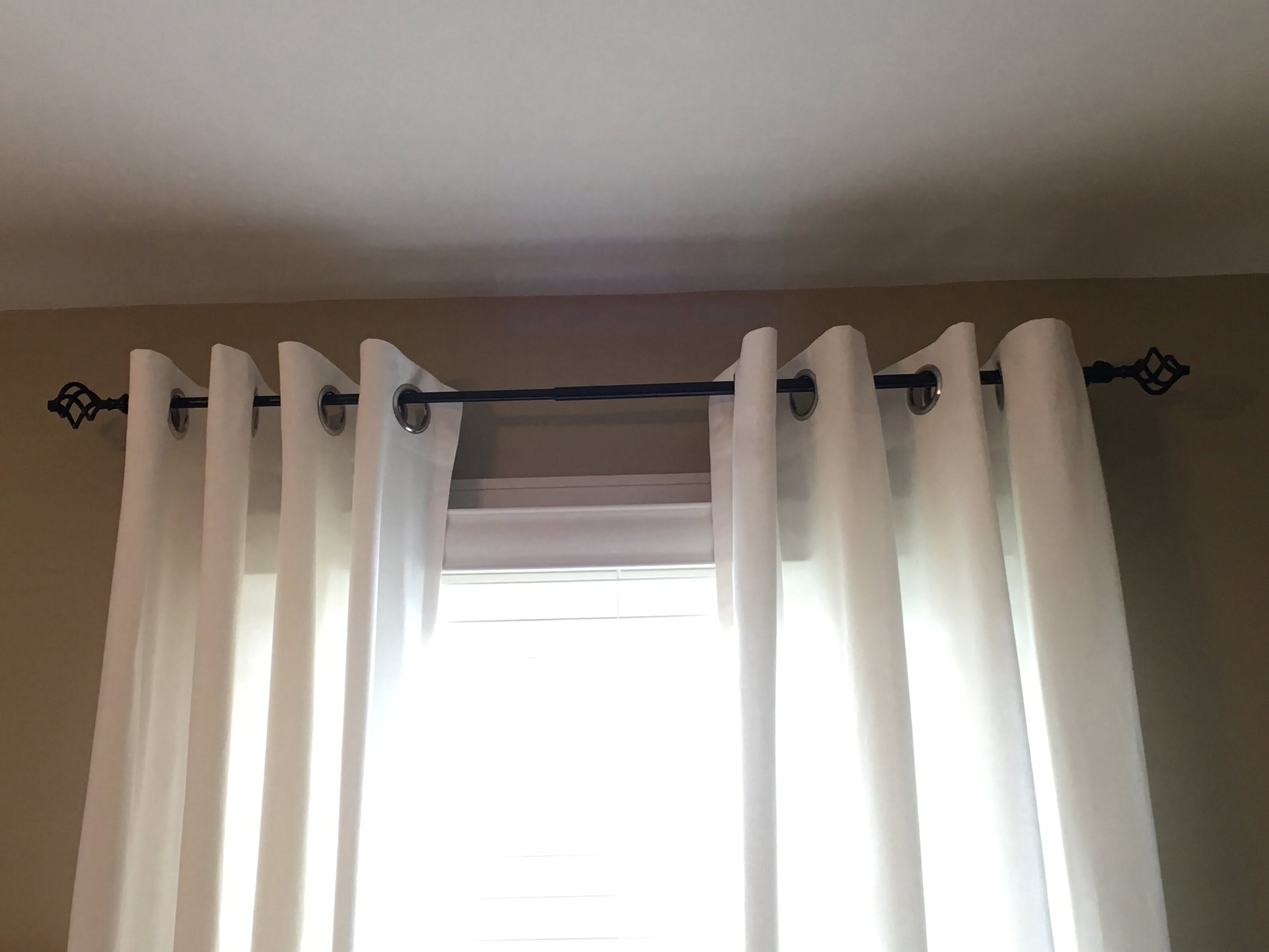
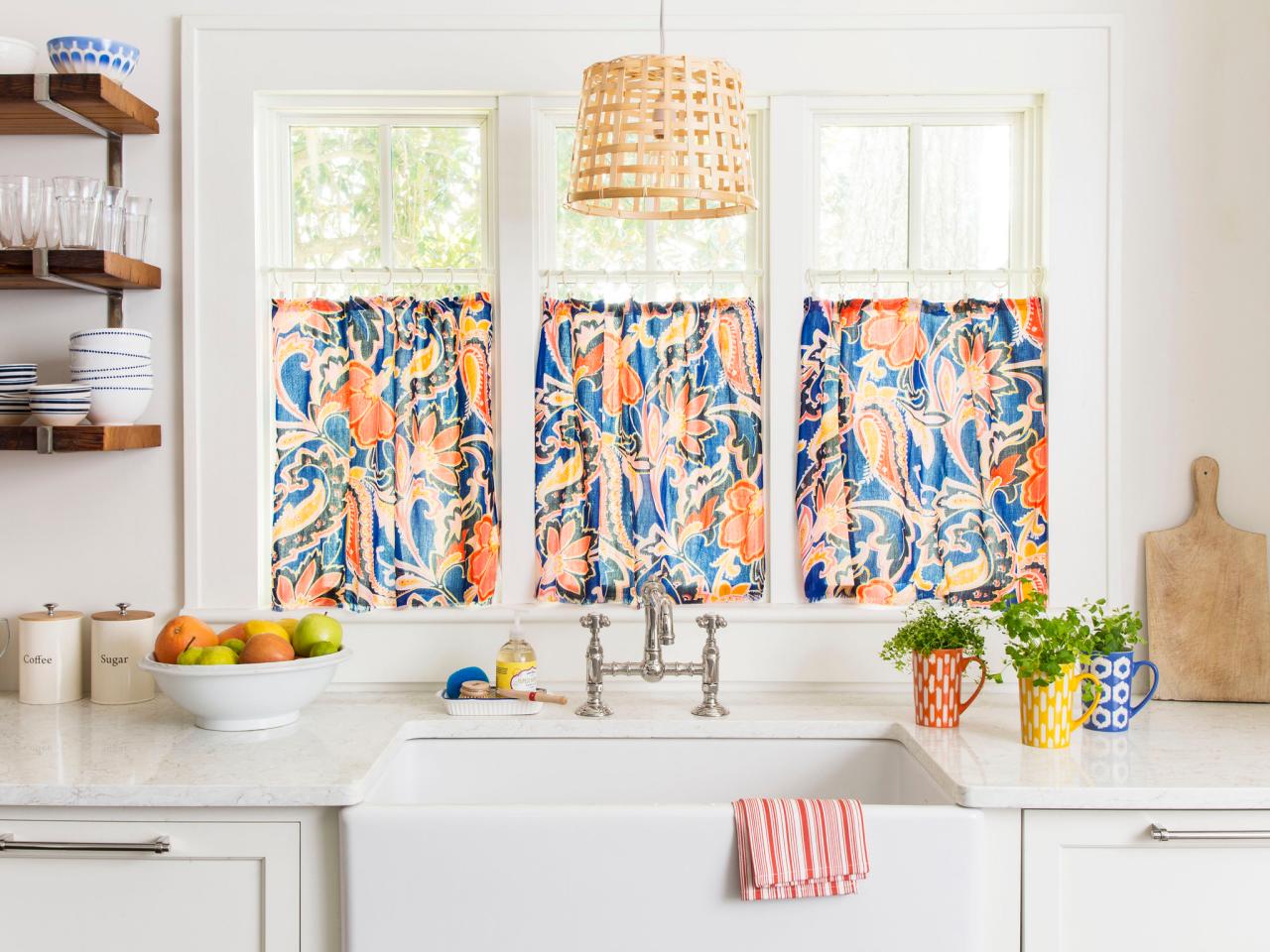
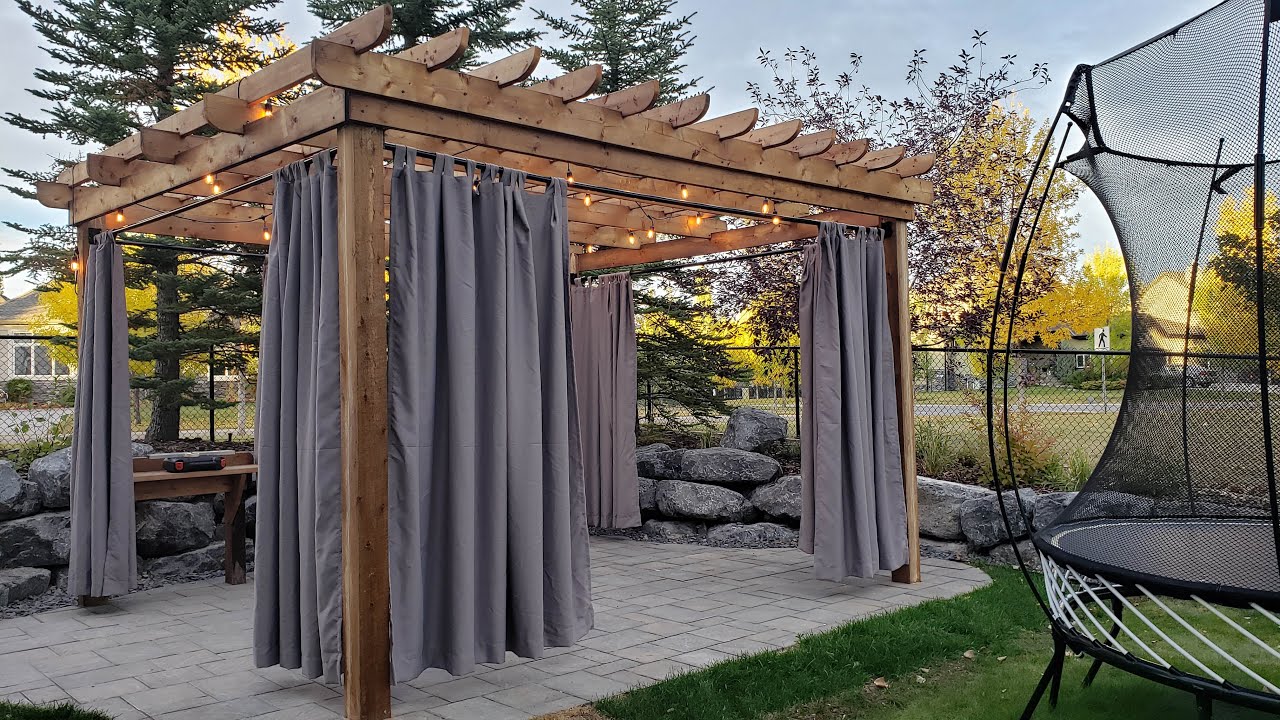
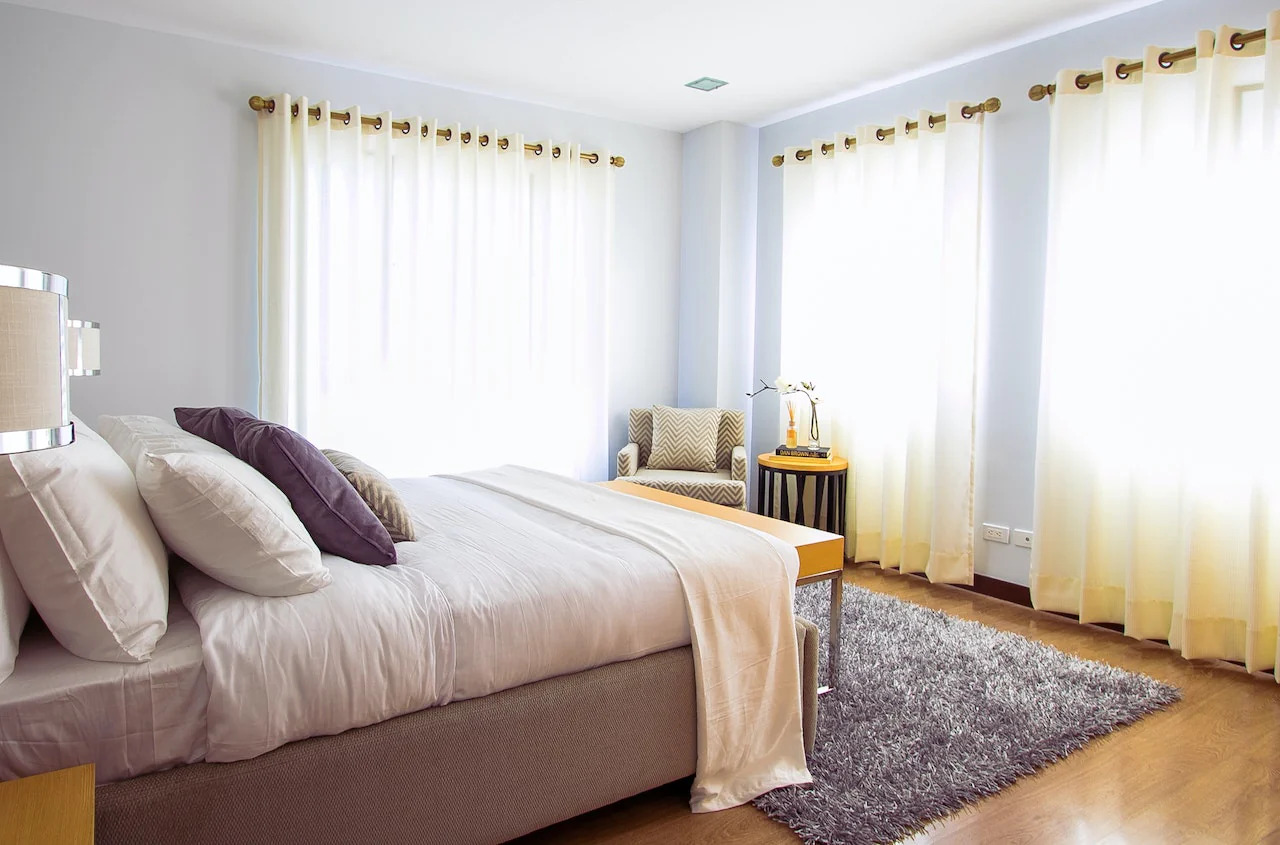
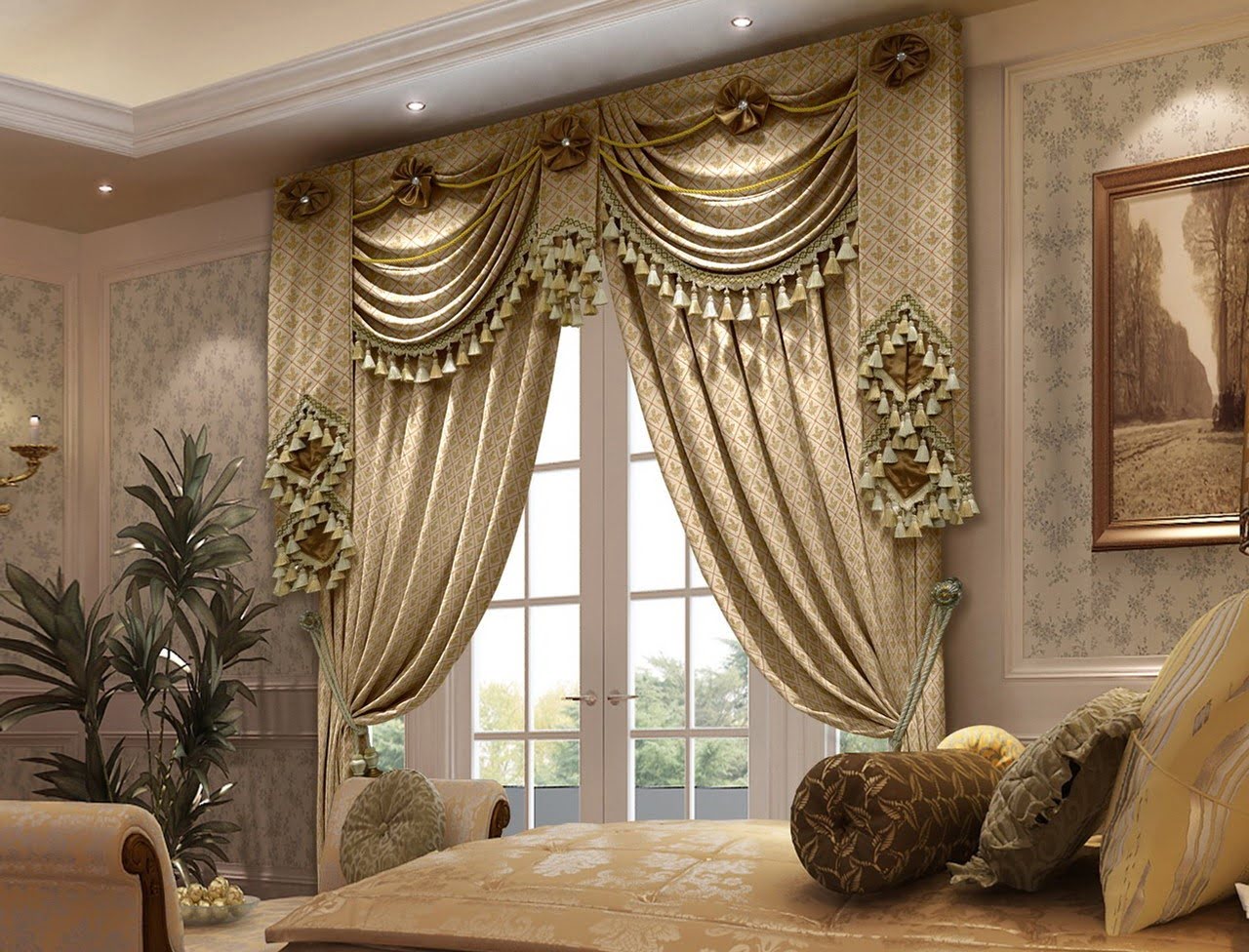
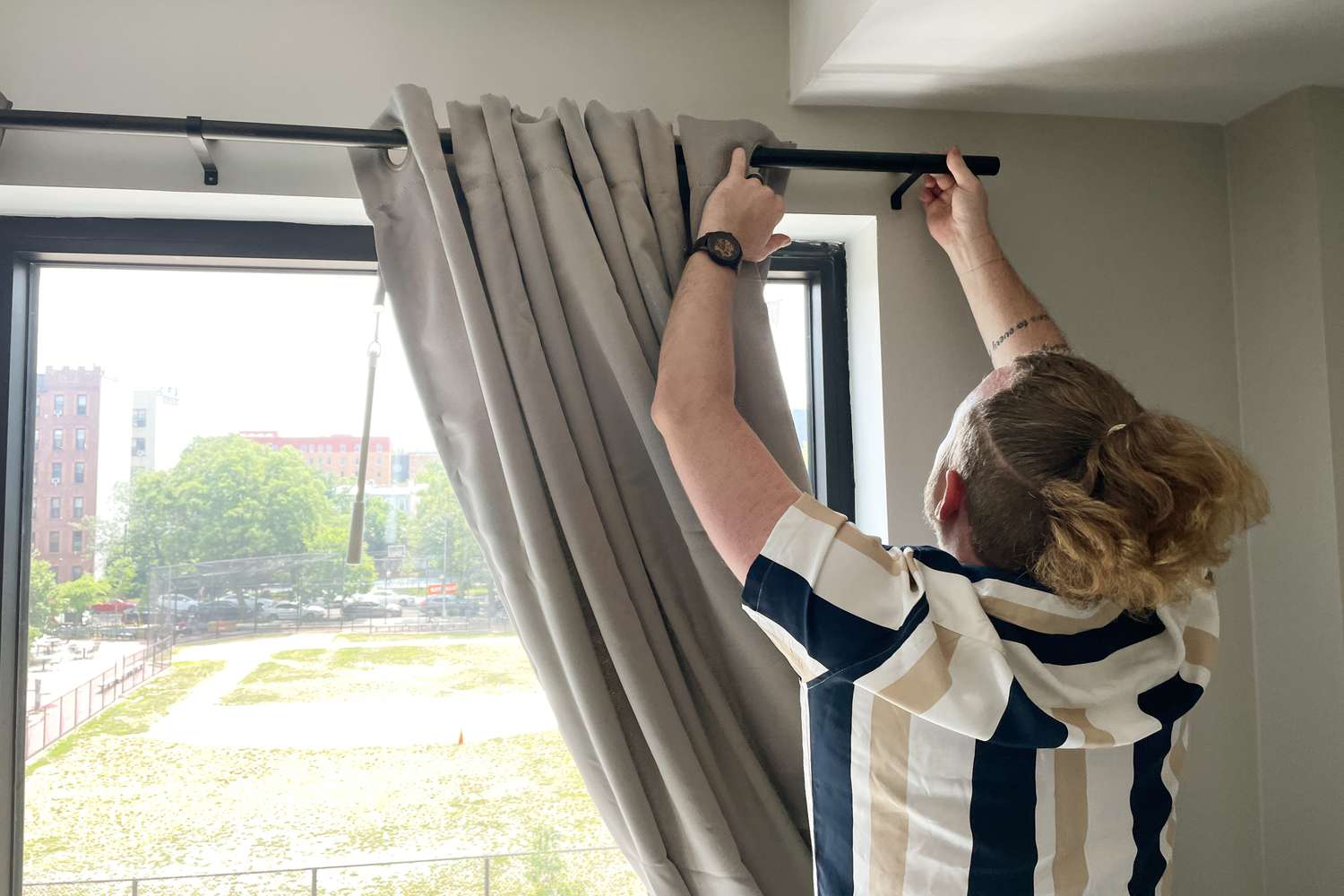

0 thoughts on “How Far Down Should Curtains Hang”